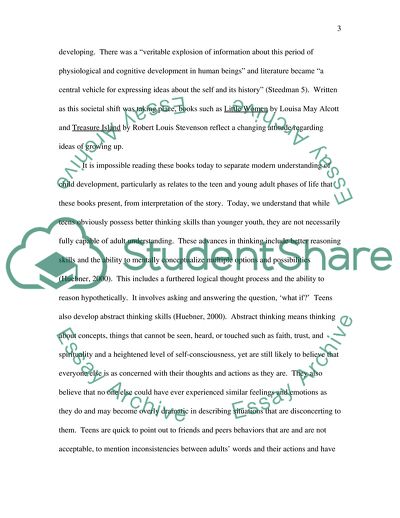Cite this document
(Childrens Literature in the Victorian Period review, n.d.)
Childrens Literature in the Victorian Period review. Retrieved from https://studentshare.org/literature/1709045-compare-alcotts-and-stevensons-depictions-of-growing-up
Childrens Literature in the Victorian Period review. Retrieved from https://studentshare.org/literature/1709045-compare-alcotts-and-stevensons-depictions-of-growing-up
(Childrens Literature in the Victorian Period Review)
Childrens Literature in the Victorian Period Review. https://studentshare.org/literature/1709045-compare-alcotts-and-stevensons-depictions-of-growing-up.
Childrens Literature in the Victorian Period Review. https://studentshare.org/literature/1709045-compare-alcotts-and-stevensons-depictions-of-growing-up.
“Childrens Literature in the Victorian Period Review”. https://studentshare.org/literature/1709045-compare-alcotts-and-stevensons-depictions-of-growing-up.


